This is the fourth part of a six-part series recounting my misadventures on the Pamir Highway. Pamir Highway: Langar – Murghab
En route: Ishkashim - Langar
Today we approached the part of Tajikistan that borders the Wakhan Corridor, the panhandle which stretches Afghanistan east to touch China. For the history buffs, this corridor acted as a buffer zone to separate the Russian Empire in the north (Russian Turkestan/ present day Central Asia) from the British Empire in the south (British India/ present day Pakistan and India). Preceding that even further was the Italian explorer Marco Polo who passed through this route in the 13th century to reach China, to what was then the Yuan dynasty ruled by the Mongols. Pamir Highway: Langar – Murghab
Given the significance of the Wakhan throughout history, and the hodgepodge of people who crossed or fought over this land, imagine my exuberance when our guide first announced that to our right was the great Wakhan Valley. The little girl in me who poured over National Geographic articles and pictures just saw her imaginations come to life.
Alas because obtaining an Afghan visa is expensive, and I am a poor college student, the only way to justify getting one was if I spent at least a week there, which was time we did not have during this trip. Also, something about the Taliban. And with that, I gazed longingly at the Wakhan Corridor, unable yet to be amongst it.
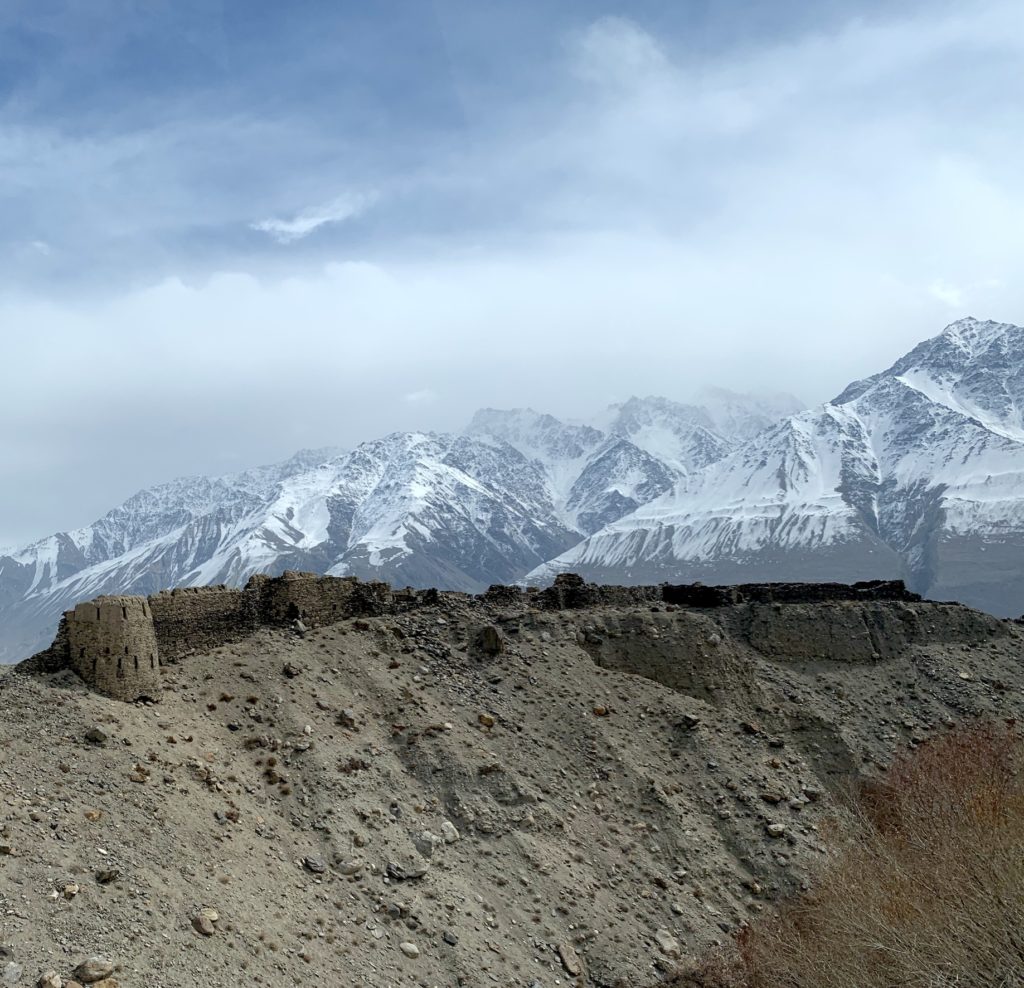
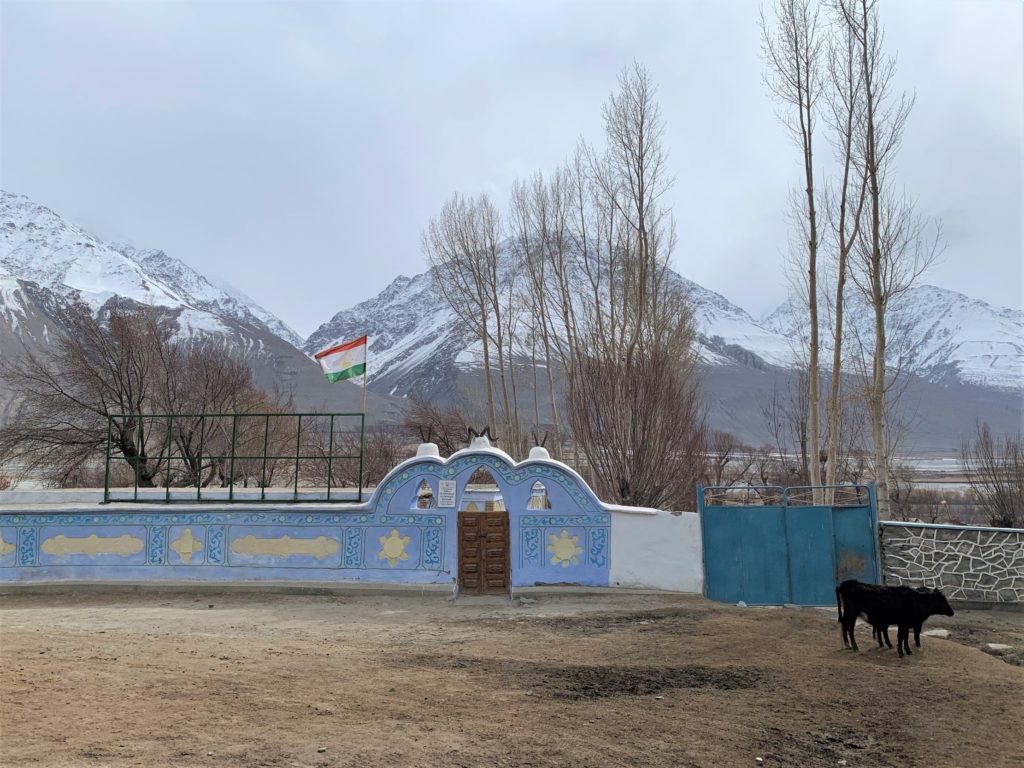
Bibi Fatima hot springs
We found ourselves at another hot spring, called Bibi Fatima. This time for 10 somoni, experience what it is like to be slowly simmered. The temperature of the water was much more bearable than the one at Garmchashma. Here you can clean yourself with the water flowing off the stalactites hanging from the side of the cave. Again, we heard it is great for fertility, which was definitely why we went a second time.
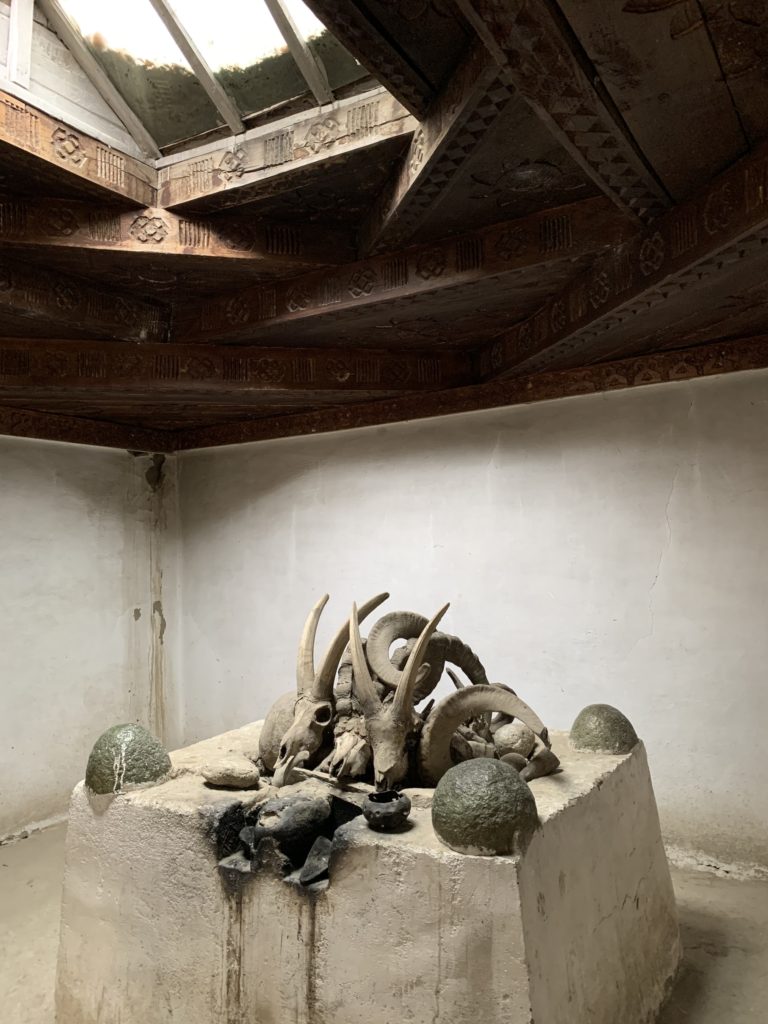
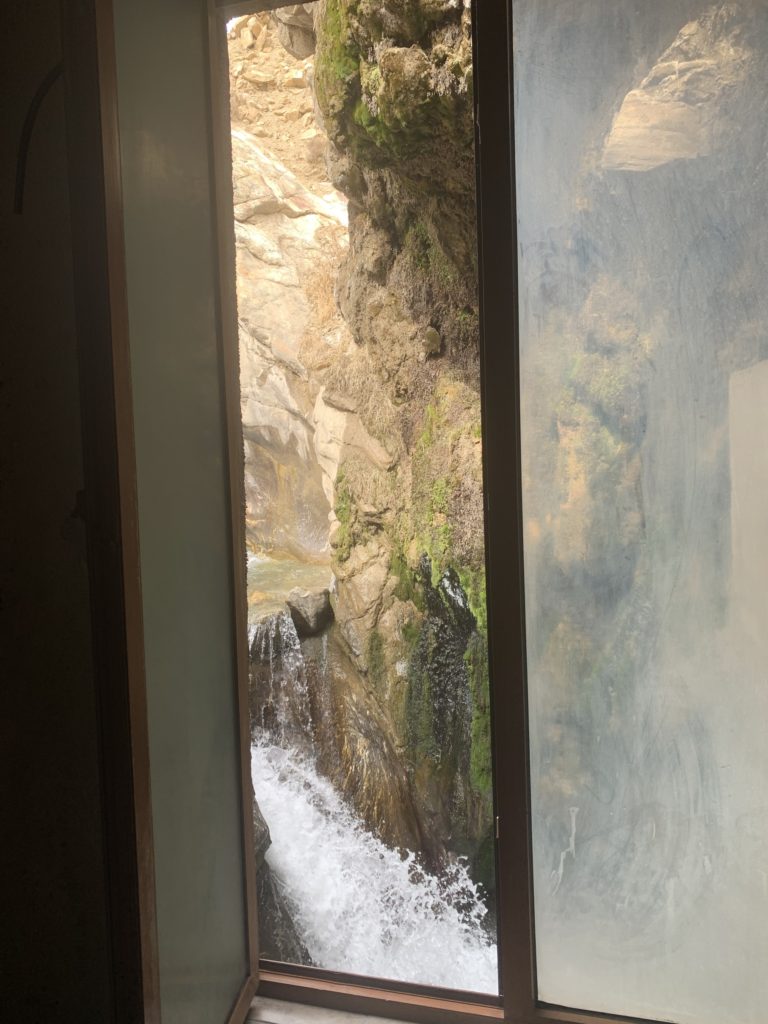
Arrival in Langar
Finally, we reached Langar village in the late afternoon. This homestay made the best and most generous plov (or pilav or pilaf or any of the 20 other name permutations of this rice dish). Perhaps the most recognisable dish in Central Asia, it is rice cooked with mutton, onion, garlic and carrots. We have had a lot of mutton so far, so much so that we feared we started smelling like it.
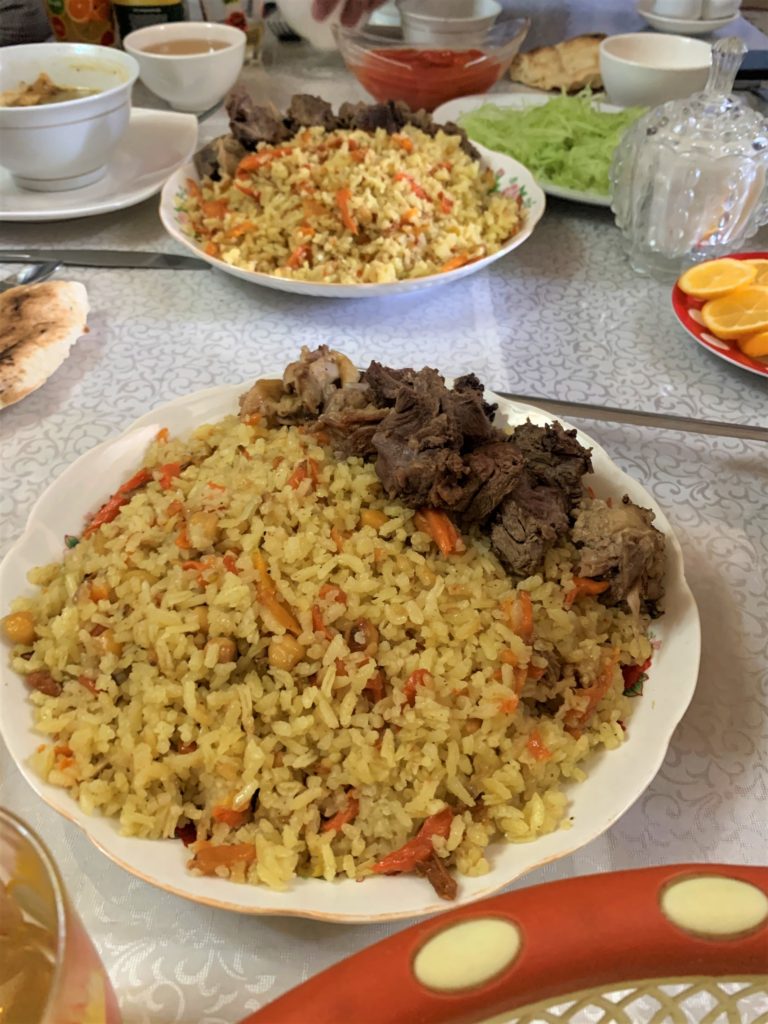
Murghab
After the nightmare that was Ishkashim, I finally had my morning fix of jam- apricot, fig, apple and honey. We travelled to our last stop in Tajikistan, Murghab. The following day we would cross over into Kyrgyzstan. From here onwards the landscape changed drastically as we slowly ascended to the “roof of the world”.

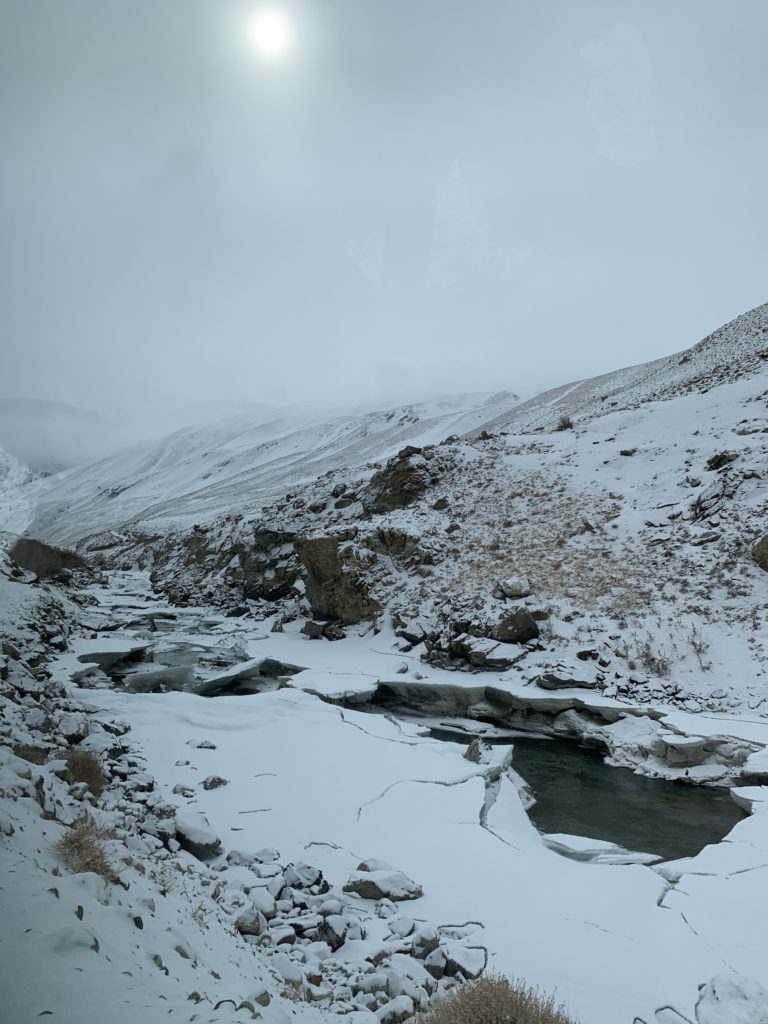
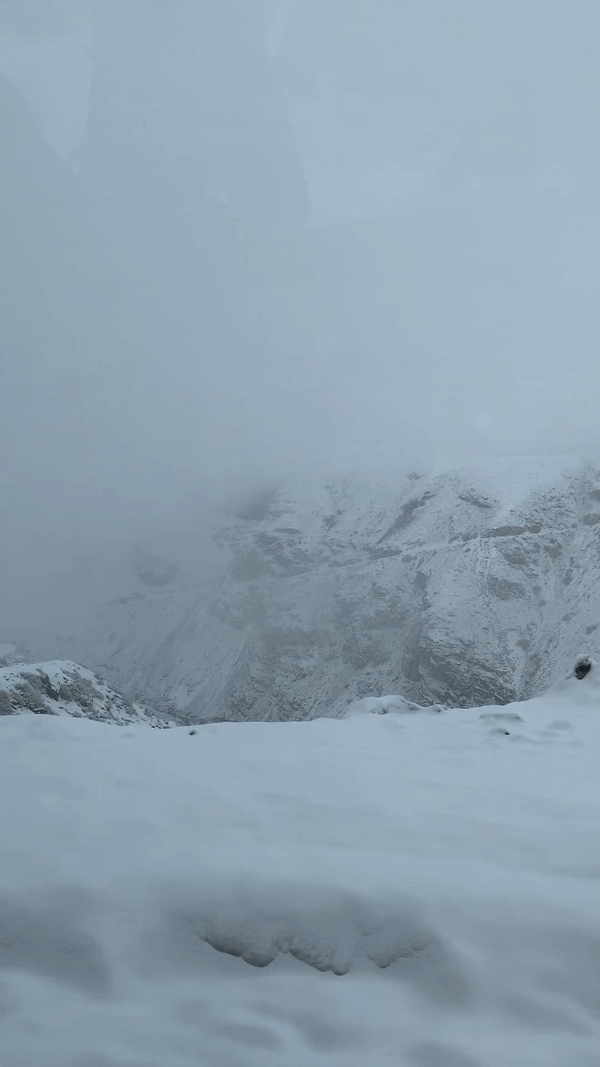
Alichur
We stopped at a town called Alichur for lunch. I got confused and thought we were abducted to the moon. How humans made this icy barren land habitable, I cannot begin to imagine. The lad at Golden Fish Hotel who served us our food had East-Asian features, which added to the confusion of where we were on Earth. It turns out that Tajikistan’s Kyrgyz minority mostly live in Eastern GBAO, close to the Kyrgyz border. The Kyrgyz people have some Mongol origin, hence look more East Asian than the ethnic Tajiks, who have Persian ancestry.
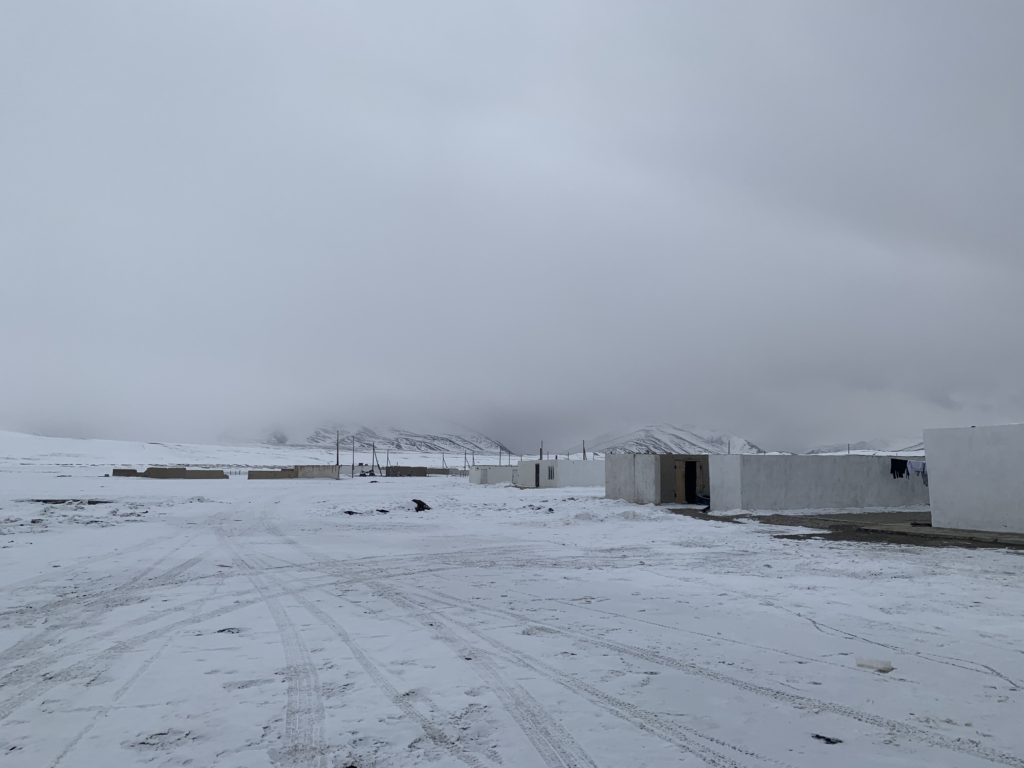
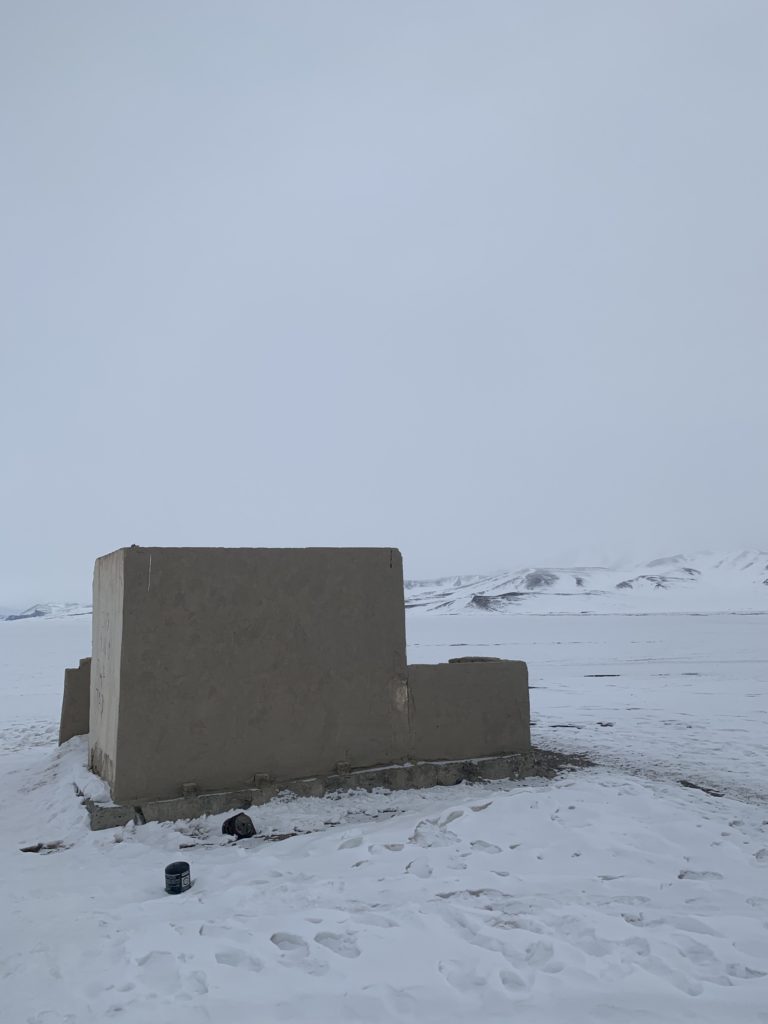
Alichur actually looked like Antarctica, sheet white and seemingly devoid of life. Sky and ground were indistinguishable in the absence of a horizon. Both were just so white and blinding, it almost hurt to open my eyes. Here was another instance of an outdoor toilet (more like a hole in the ground with walls erected around it) with an insane view. Inside the walls however, was also an insane view of a pile of excrement emerging from the hole. Sort of like if a mole slowly surfaces from its tunnel to above the ground. You had to be quick too, before your ass cheeks freeze in temperatures beyond sub-zero. Either way, going to the bathroom will never be as interesting again.
En route: Langar - Murghab
If you are travelling the Pamir highway during winter, remember to bring sunglasses. Snow blindness is a real concern. Two hours later we reached the only significant settlement in Eastern GBAO. Murghab has a tundra climate. Does Arctic tundra sound familiar? It is when no month has an average temperature higher than 10 degrees Celsius. Mind-blowing considering Tajikistan is only 37 degrees above the equator.
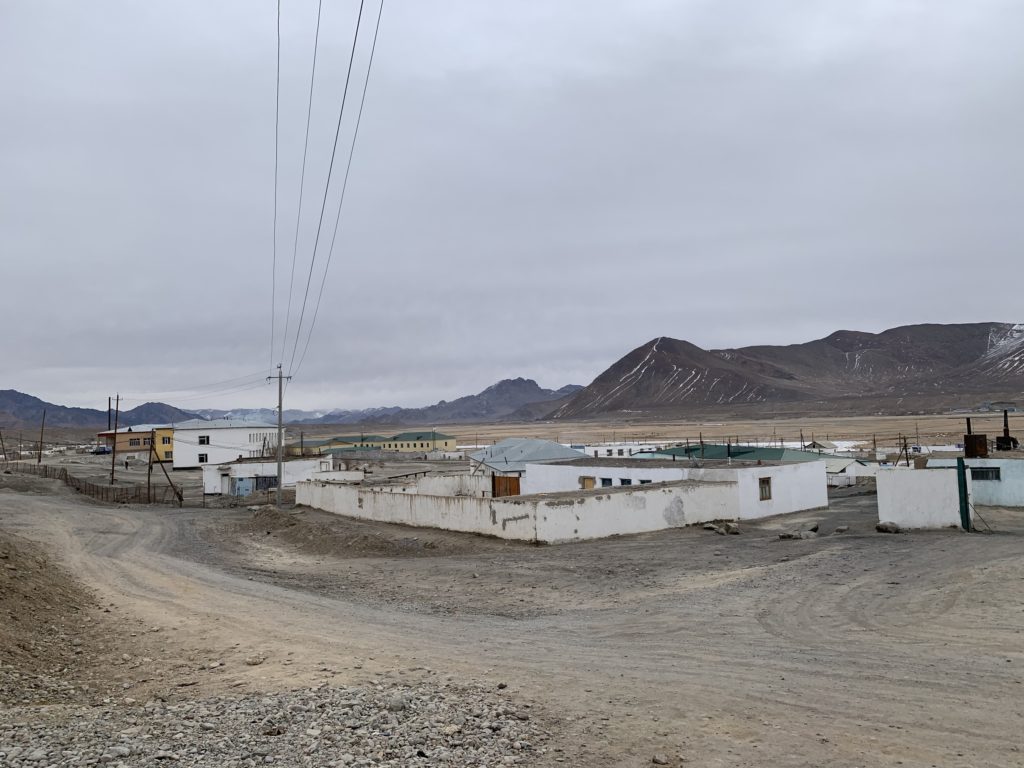
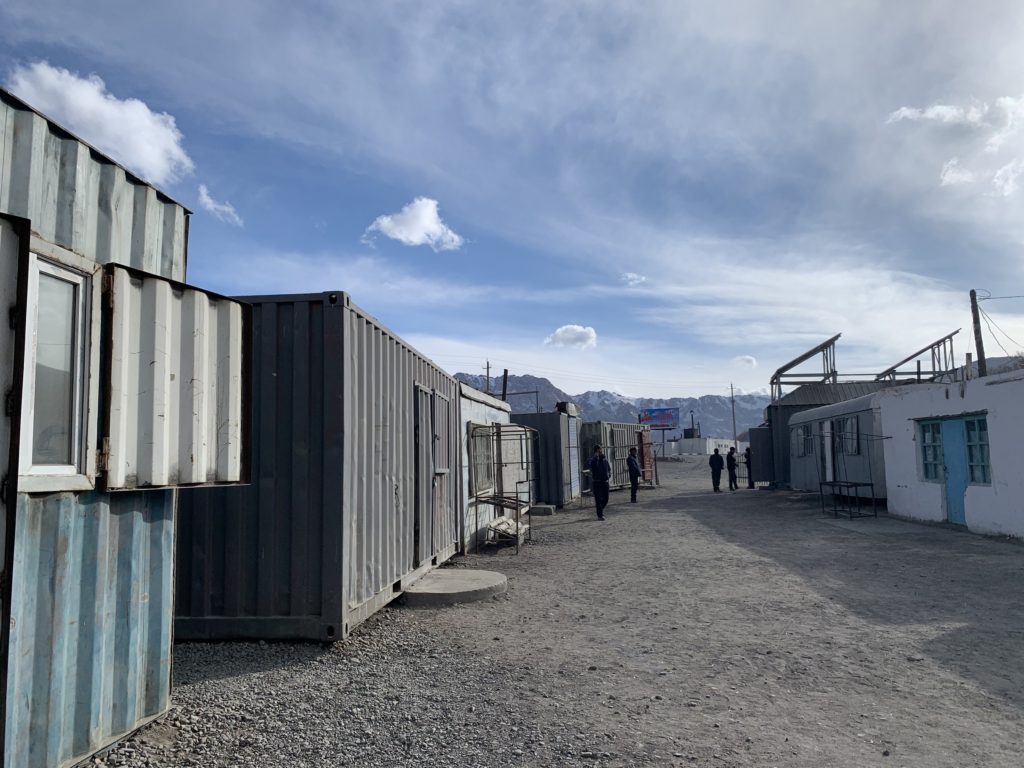
Arrival in Murghab
In the remote and extreme conditions of Murghab, people learn to be tough and self-sufficient. Electricity and plumbing are never reliable. Fuel can be of very bad quality, or just run out. Stalls in the bazaar are refurbished out of empty shipping containers. At night, temperatures dipped to -15C, as we once again relied on heat generated from burning wood due to the lack of electricity. Pamir Highway: Langar – Murghab

Hi! I am Joey, a University student from Singapore, attempting to show my appreciation for the world’s most powerful passport by literally milking its visa-free benefits one country at a time. I describe my travel budget as shoestring and travel style as audacious.

Slide into my comments section...